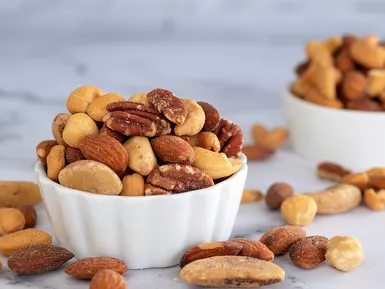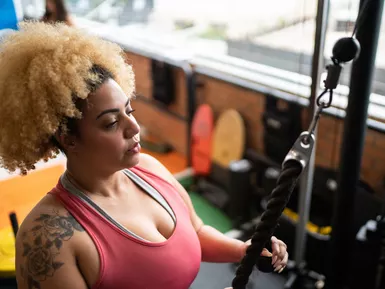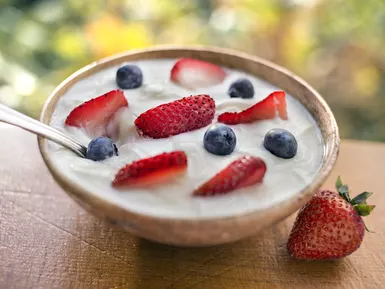Coffee Loophole Diet: Does It Work for Weight Loss? What Science Says

Coffee Loophole Diet: Does It Work for Weight Loss? What Science Says
If your social feed is flooded with claims about the Coffee Loophole Diet—a trend promising weight loss by "hacking" metabolism with specific coffee drinks—you’re not alone. But before you swap meals for lattes, let’s decode the science, safety, and sustainability of this viral trend.
What Is the Coffee Loophole Diet?
The "loophole" refers to the idea that certain coffees (typically black, bulletproof, or with added MCT oil) can suppress appetite, boost metabolism, or trigger fat burning—allowing dieters to consume fewer calories without feeling hungry. Proponents claim you can lose weight by replacing meals or snacks with these drinks, often paired with intermittent fasting.
The Science Behind Coffee and Weight Loss
Caffeine, coffee’s main active compound, does have documented metabolic effects:
- Temporary Metabolism Boost: Studies in the American Journal of Clinical Nutrition show caffeine can increase resting energy expenditure by 3-11% (more pronounced in lean individuals). This is due to its ability to stimulate the nervous system, prompting the body to burn stored fat for fuel.
- Fat Oxidation: A review in Nutrients notes caffeine may enhance exercise-induced fat burning by up to 29% in trained individuals, though this effect diminishes with daily use as tolerance develops.
- Appetite Suppression: Caffeine can briefly reduce feelings of hunger by inhibiting ghrelin (the "hunger hormone"), but this effect fades within 3-4 hours.
Key Limitation: These benefits are marginal when isolated. For example, a 10% metabolic boost from caffeine adds just 100-200 calories burned daily—hardly enough to create a meaningful deficit without reducing overall intake.
Safety Concerns: The Dark Side of the "Loophole"
While moderate coffee consumption (3-4 cups/day, ~400mg caffeine) is safe for most healthy adults (per Harvard Health), the Coffee Loophole Diet often pushes beyond this limit—and introduces new risks:
- Nutrient Deficiency: Replacing meals with coffee deprives the body of protein, fiber, vitamins, and minerals critical for metabolism, muscle retention, and organ function.
- Caffeine Overload: Excess caffeine (>400mg/day) causes jitters, insomnia, heart palpitations, and digestive issues. Over time, it can disrupt cortisol levels, impairing fat loss.
- Rebound Hunger: Caffeine’s appetite-suppressing effect is short-lived. Skipping balanced meals often leads to overeating later—undoing any calorie deficit.
- Muscle Loss: Without adequate protein, the body may break down muscle for energy, slowing metabolism long-term (a risk highlighted by the National Academy of Sports Medicine).
Expert-Backed Alternatives: A Sustainable Approach
Instead of chasing loopholes, focus on evidence-based strategies that align with energy balance and metabolic health:
1. Prioritize Protein and Fiber
Aim for 20-30g of protein per meal (eggs, Greek yogurt, chicken) and 25-30g of fiber daily (veggies, whole grains). Both promote fullness and preserve muscle—a NIH study found high-protein diets reduce hunger by 60% compared to low-protein plans.
2. Pair Caffeine with Movement
Enjoy 1-2 cups of black coffee (no added sugar!) 30 minutes before workouts. Caffeine enhances exercise performance and fat oxidation, but only when paired with consistent activity (ACE recommends 150 minutes of moderate cardio + 2 strength sessions weekly).
3. Ditch the "Diet" Mindset
Research in Obesity shows restrictive diets fail long-term for 80% of people. Instead, focus on habit changes: cook meals at home, track progress via energy levels (not just the scale), and aim for 1-2lbs of fat loss weekly.
Our Take: The Coffee Loophole Is a Marketing Myth
Coffee can be a tool in a weight loss plan—not a replacement for balanced nutrition and activity. The real "loophole"? Consistency. Small, sustainable changes (like swapping sugary drinks for black coffee and adding a 20-minute walk daily) yield lasting results.
Action Step: Start tomorrow by adding one protein-rich meal and a 15-minute walk. Track how you feel—energy, mood, fullness—for 7 days. You’ll learn more about your body than any viral diet ever could.
Always consult a registered dietitian or healthcare provider before major dietary changes, especially if you have medical conditions.

5 Transformative Weight-Loss Resolutions for Success

Workout Routines & Beyond: Science-Based Weight Loss

Vitamin E and Weight Loss: Unveiling the Truth

Effective Strategies to Lose Midriff Fat for Women

8 Non-Scale Victories in Your Weight-Loss Journey

Unveiling the Ornish Diet: A Path to Sustainable Weight Loss

The Power of Social Support in Weight Loss

Personalized Weight Loss: 4 Strategies for Success

Long - Term Weight Loss: Maintaining Healthy Habits

